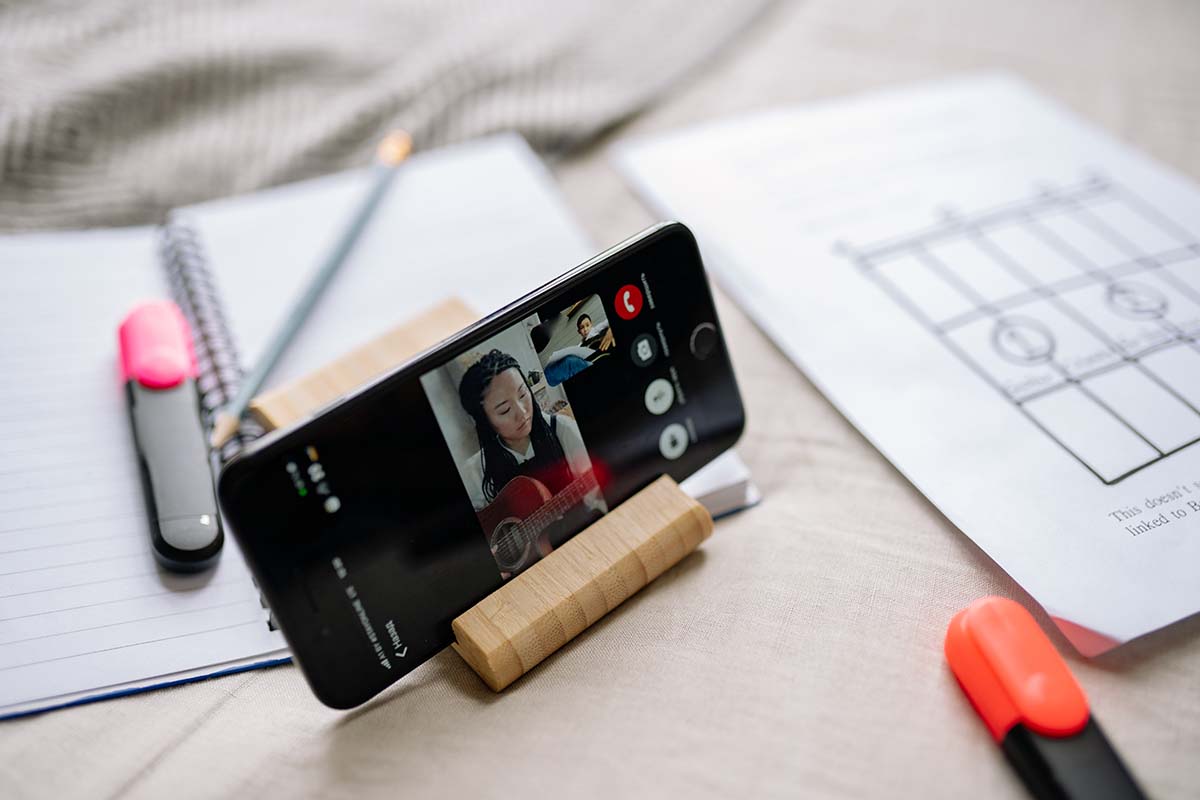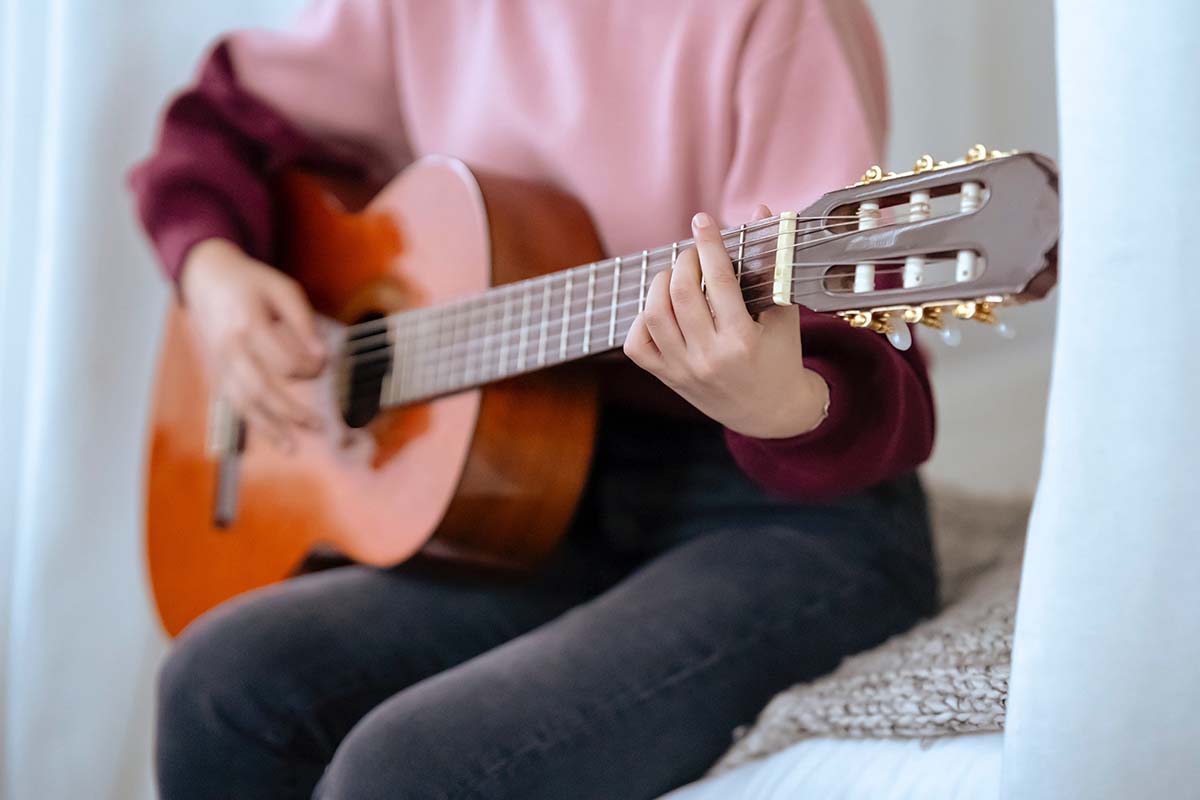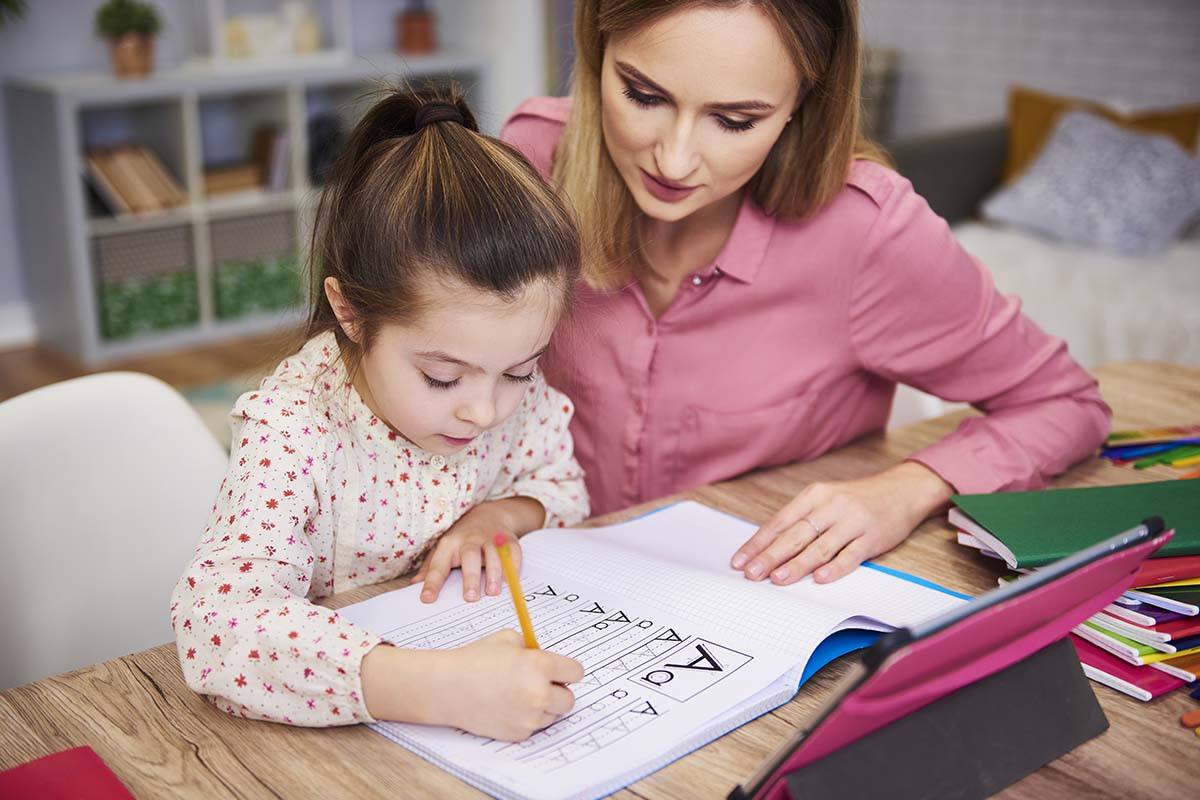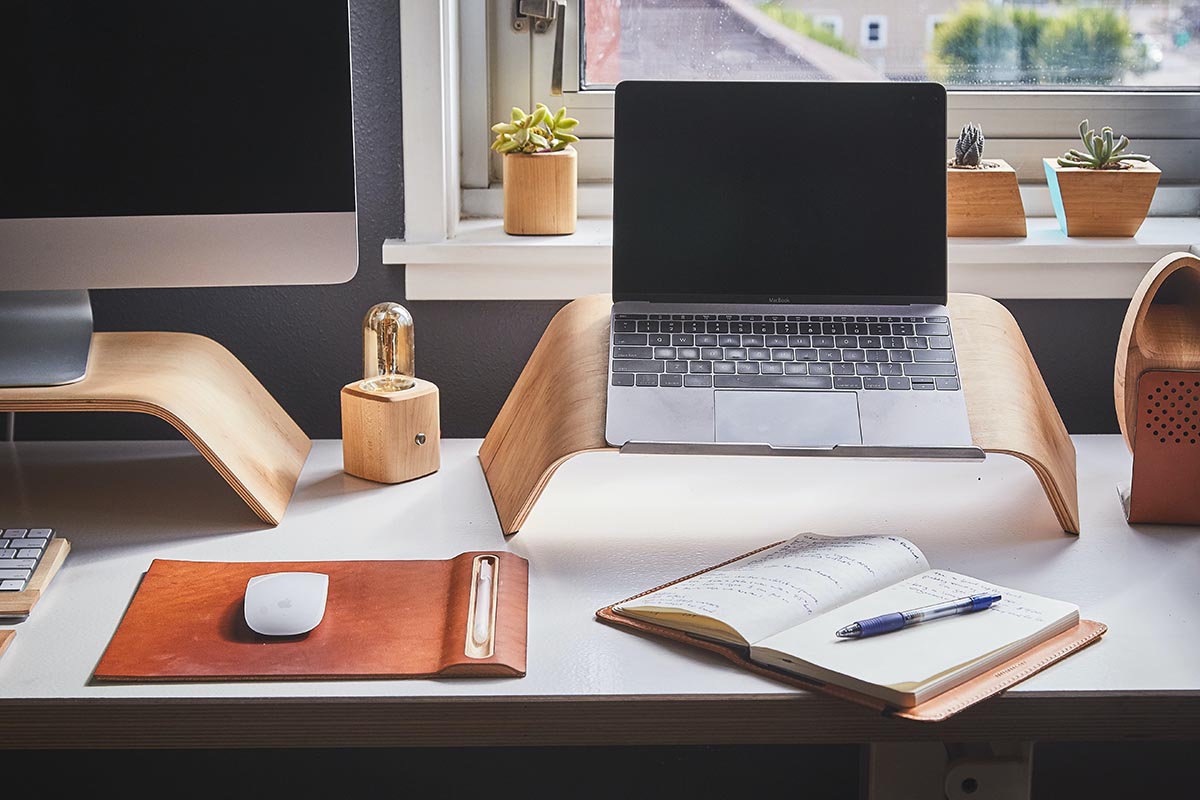Learning to play the guitar is a fulfilling and rewarding journey that allows you to express yourself through music. Whether you’re a complete beginner or looking to brush up on your skills, practicing at home can be a convenient and effective way to learn. Here are ten tips for learning the guitar at home to help you make the most of your learning experience.
Learning the Guitar at Home: Create a Dedicated Practice Space
Set up a comfortable and well-lit area where you can focus on your guitar playing. A dedicated practice space will help you establish a routine and eliminate distractions.
Set realistic goals
Define your objectives and set achievable milestones. Break your larger goals into smaller, manageable tasks, such as learning a new chord or playing a specific song. Celebrate your achievements along the way to stay motivated.
Establish a practice routine
Consistency is vital when learning the guitar. Set aside regular practice sessions each week and stick to them. Short, focused practice sessions can be more effective than sporadic, longer ones.
Take online guitar lessons
Online guitar lessons have revolutionized the way people learn to play the guitar. With the vast array of resources available, you can find high-quality lessons from experienced instructors who will guide you through each step of your learning journey. Online classes offer convenience, flexibility, and the ability to learn independently.
Use interactive learning tools
Take advantage of technology to enhance your learning experience. Numerous apps, websites, and software programs provide interactive lessons, chord libraries, metronomes, and backing tracks. These tools can make practicing more engaging and enjoyable.
Start with the basics
Begin your guitar journey by mastering the fundamental techniques and building a strong foundation. Learn proper finger placement, hand positioning, and basic chords. Solidifying these basics will pave the way for more advanced techniques and songs.
Practice scales and exercises
Regularly practice scales and drills to improve your finger agility, coordination, and overall technique. These exercises help develop muscle memory and strengthen your playing abilities.
Learn songs you love
Learning songs that you enjoy playing can keep you motivated and excited about practicing. Start with simpler songs and gradually challenge yourself with more complex arrangements. YouTube tutorials and guitar tabs are excellent resources for finding song lessons.
Join online guitar communities
Connect with fellow guitar enthusiasts online. Participate in forums, join social media groups, or take part in virtual jam sessions. Engaging with others who share your passion for the guitar can provide inspiration, encouragement, and valuable insights.
Record and assess your progress
Recording yourself playing can be a valuable learning tool. Listen back to your recordings to identify areas for improvement and track your progress over time. It’s also a great way to showcase your skills and share your music with others.
Learning the guitar at home requires dedication, patience, and discipline. By following these ten tips, you’ll be well on your way to becoming a proficient guitarist. Enjoy the process, stay motivated, and embrace the joy of making music with your guitar.
In conclusion, learning the guitar at home can be a fulfilling and enjoyable experience. By implementing these ten tips, you can optimize your practice sessions, stay motivated, and progress steadily in your guitar-playing journey.
Final Thoughts
In conclusion, learning the guitar at home can be a rewarding experience when you follow these ten tips. Set up a dedicated practice space, establish a routine, and use online lessons and interactive tools. Master the basics, practice scales, and learn songs you love.
Engage with online guitar communities and record your progress. With dedication and passion, you’ll make steady strides in your guitar-playing journey. Enjoy the process and embrace the joy of making music with your guitar.




















